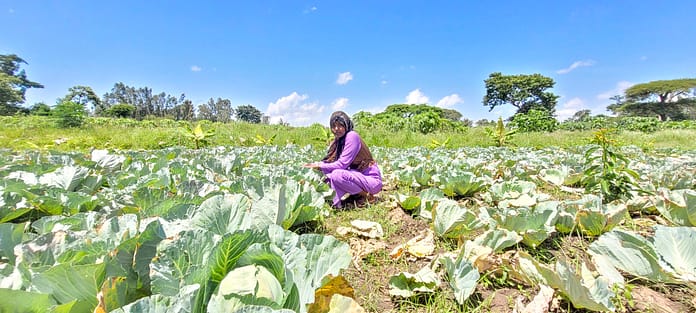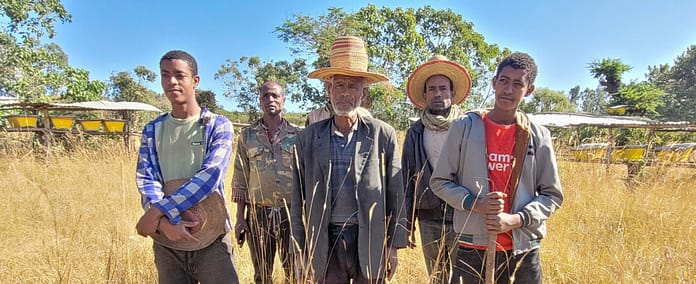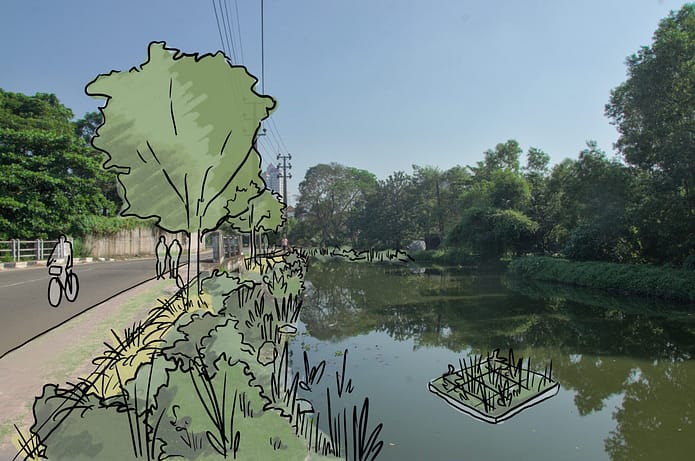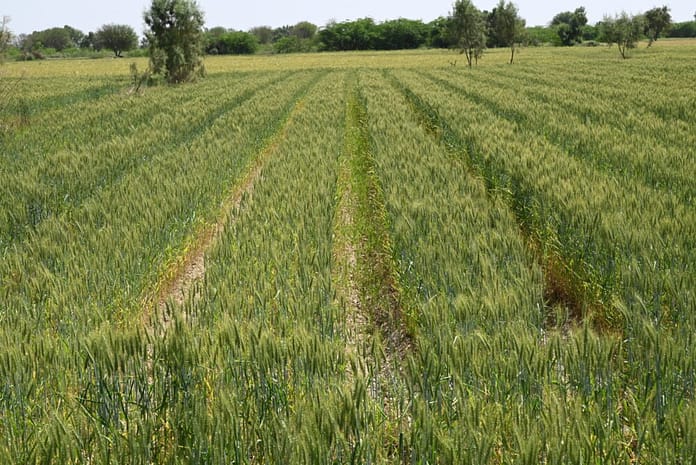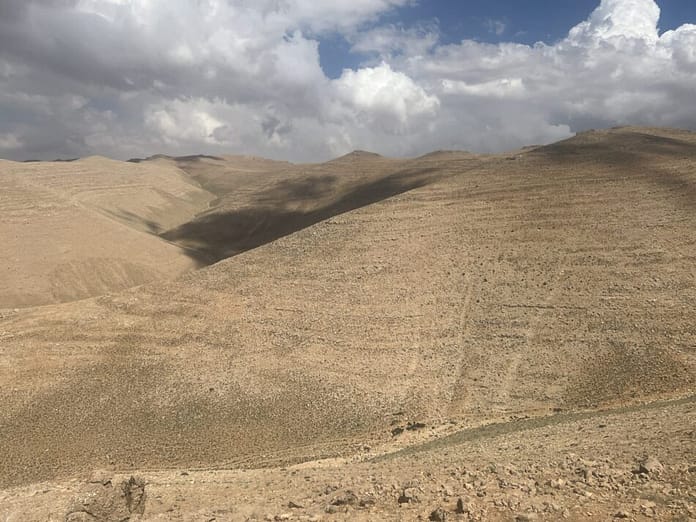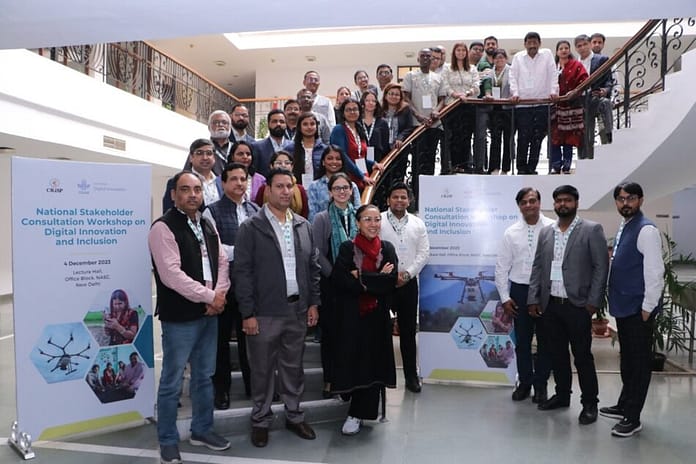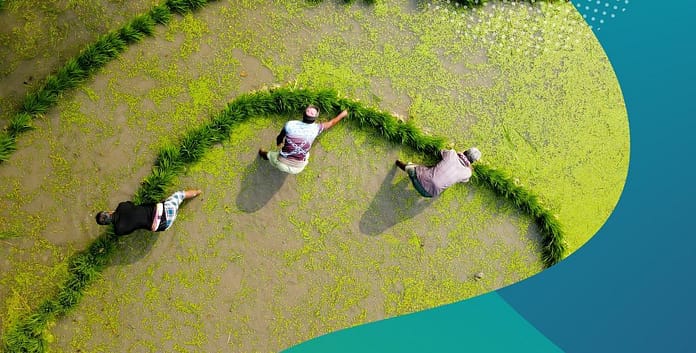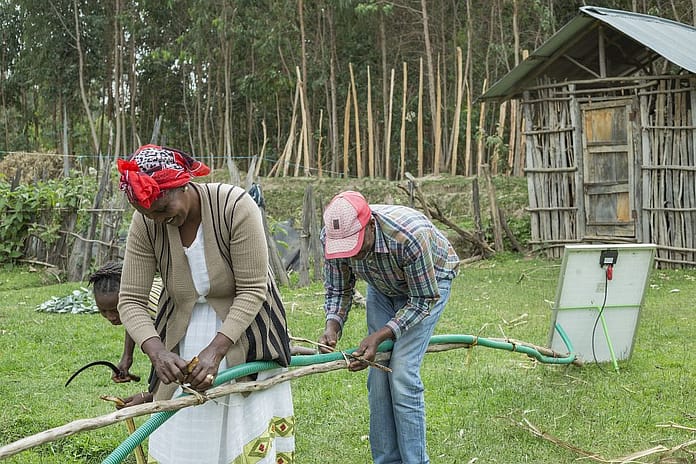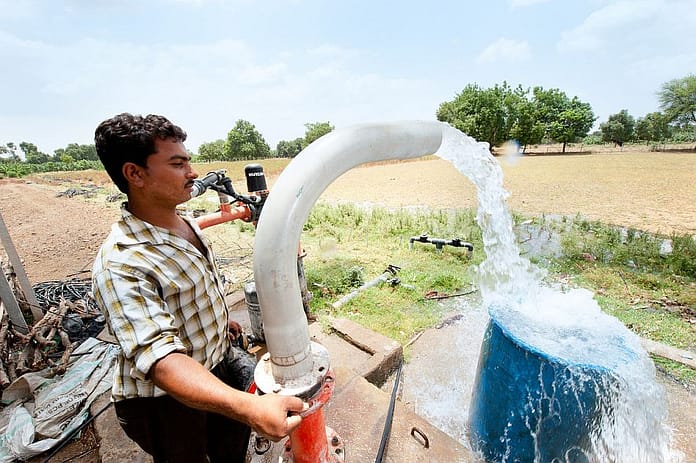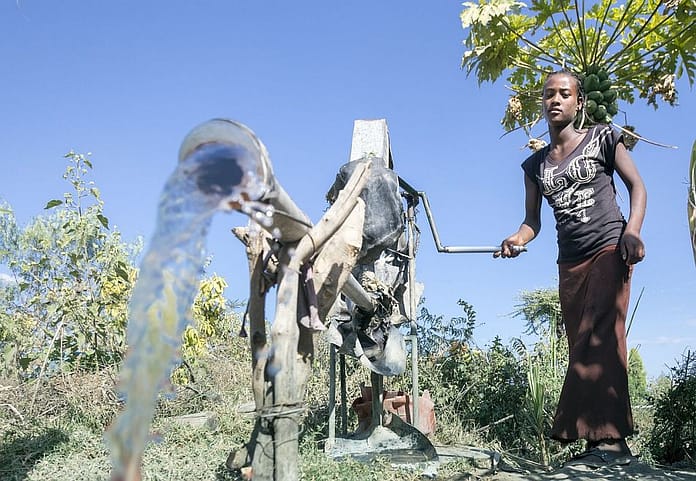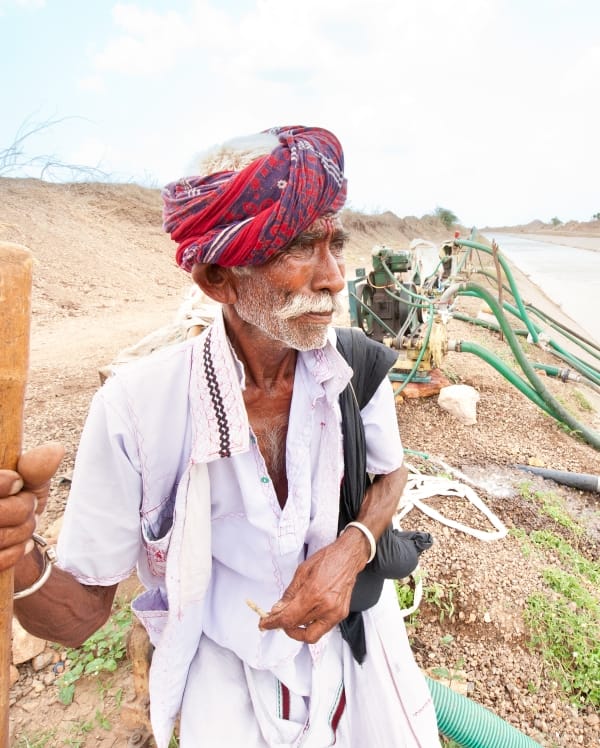In the 10th century A.D., when Baghdad’s libraries were lit by candlelight and the books it housed were penned with the ink of philosophers, a peculiar manuscript began its quiet journey through history.
The Nabataean Agriculture, attributed to the Nabataean translator Ibn Wahshiyya, is part farming manual, part cosmic scripture and part poetic reverie. It claims to be a translation of a Syriac text — a language once widely used across the Middle East — already ancient in its day — some 20,000 years old, if we take Ibn Wahshiyya at his word. Few scholars do, yet no one disputes the manuscript’s resonance. This is not just a book, but a worldview rooted in Nabataean tradition — emerging from rural, Aramaic farmers who lived in central and southern Iraq — with content that resonates from old times to the present day.
Today, on the International Day of the World’s Indigenous Peoples, this Nabataean voice calls to us not in the form of folklore or fable, but as a serious, quietly urgent proposition. It tells us that the land is not ours to master, but to converse with. That wisdom may lie not only in satellites and sensors, but in the careful timing of planting onions thoughtfully beneath a waning moon.
For the modern and technology-oriented reader, familiar with GPS-guided tractors and spreadsheets, The Nabataean Agriculture might read like a letter from another time. And yet, buried in its archaic prose and occasional astrological tangent, is a startlingly modern idea: the land knows how to heal. If only we listen.
A manual for the sacred ordinary
The manuscript opens not with commandments or calculations, but with reverence. Here, water is not a commodity but a spirit. Crops are not units of yield but beings in a vast choreography of seasons and soil. It recounts farming techniques tailored to dry environments and fragile ecosystems. It covers topics such as water management, soil care and crop selection — all grounded in observation and lived experience.
The book spans multiple themes including everything from grafting fig trees to irrigating dry lands with crescent-shaped canals. But it does so with a tone that borders on the devotional.
Ibn Wahshiyya’s farmers were not industrial actors. They were storytellers. The manuscript demonstrates how ancient farmers sourced and distributed water by observing plant behavior, soil texture and climatic signals. This knowledge supported efficient irrigation systems long before modern infrastructure, making agriculture possible in harsh, arid and semi-arid landscapes. Ibn Wahshiyya provides practical solutions for soil degradation, especially salinity — an issue that remains relevant today. His recommendations include crop rotation, natural soil amendments, and promoting healthier yields and long-term land productivity. Even pest control in Nabataean Agriculture feels oddly prescient. No glyphosate — a chemical designed to kill weeds. No genetically modified seeds. Just garlic infusions, companion planting and fermented extracts brewed under moonlight. What we now call “regenerative agriculture” was, for Ibn Wahshiyya’s world, simply wisdom passed down through generations.
In contemporary environmental policy and development circles, “NbS” — nature-based solutions — are the acronym of the moment. Plant mangroves to curb coastal erosion. Restore wetlands to filter water. Use ancient irrigation channels instead of concrete dams. It sounds groundbreaking, until you realize: Ibn Wahshiyya was here a thousand years ago.
Take his approach to water. The Nabataeans read the soil. They channeled rain into underground cisterns, mimicked the meandering of natural streams and used shade to reduce evaporation. Today, we call this “green infrastructure.”
The poetry of roots
What truly distinguishes The Nabataean Agriculture, however, is not its practical content but its poetic soul. Embedded among instructions and diagrams are verses —odes to olive trees, elegies for ruined towns swallowed by the sea, poems (Qasa’ed) as acts of memory.
In a culture where poetry was as vital as bread, agricultural knowledge was often sung, chanted and performed. The Nabataean Agriculture highlights the olive tree as a highly efficient crop for dry climates and low-quality soils, praised for its drought resistance and minimal maintenance needs. Ibn Wahshiyya uses poetic structures to describe how olive trees are long-lived and cost-effective to harvest, contributing to food security in resource-constrained settings. He refers to it as “a blessed tree — its leaves medicinal, its oil radiant,” underscoring its diverse practical value and health benefits.
We may ask: what does poetry have to do with sustainability? Everything. Because poetry, like farming, requires attention. It resists haste. It is rooted in observation, in reverence, in slowness. And isn’t that what we are trying to relearn in the Anthropocene? To slow down. To notice. To care.
The value of indigenous knowledge
As we mark the International Day of the World’s Indigenous Peoples, we are invited not just to preserve the past but to engage it. Not as a relic, but as a teacher. Indigenous knowledge is not static folklore. It evolves. It adapts. And most importantly, it endures.
In the salt-stung winds of ancient Mesopotamia, the Nabataean farmer once looked up at the stars and knew when to plant. She knew the land’s moods, its silences, its hunger. Today, amid algorithms and climate dashboards, we could use a little of this knowledge. It represents the humility it takes to kneel beside a seed and trust the soil. It is a spiritual relationship.
Ibn Wahshiyya’s manuscript is a whisper from another epoch, yes — but it is also a provocation. What if we took seriously the idea that sustainability is not a matter of technology alone, but of discourses? What if we treated ecosystems not as systems to optimize, but as relatives to care for?
The Nabataean Agriculture is not a policy paper. It is not peer-reviewed. It contains digressions, contradictions and the occasional hallucination. Yet it reminds us that true resilience lies not only in innovation but in revisiting the time-tested practices of Indigenous knowledge systems. But it is, in its own way, a sacred text — a reminder that knowledge is not always linear and that some truths are carried in verse rather than data.
Let us revisit and relish old manuscripts. Let us read them not just with the eye of the scholar, but with the humility of the student. Because sometimes, the future hides in footnotes. And sometimes, the answer to our most urgent questions begins with an olive tree and a poem.
—
Special thanks to the University of Jordan Ancient Manuscript and Reserve for allowing us to access the book. The original book is located at the Cabo Sarai Library, Istanbul.


